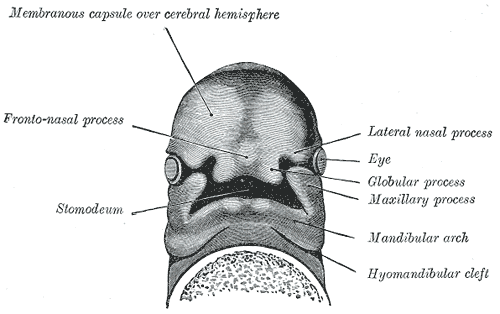http://astrobob.areavoices.com/?blog=78068 wrote:
Hyades star cluster – your portal into spacetime weirdness
Astrobob, November 15, 2012
<<Clouds,clouds, clouds. Then several nights ago for a precious 20 minutes, the stars sparkled with fierce intensity. Winds and snow had scoured the atmosphere, rendering the sky darker than I’ve seen it in weeks. Straight up east, Jupiter caught my attention, and alongside it, the valiant V of the Hyades star cluster that outlines the face of Taurus the Bull.
Though the Hyades (HYE-uh-deez) get help from the bright orange star Aldebaran in completing its distinctive shape, the star has nothing to do with the cluster. It just happens to be in the foreground like someone walking in front of the camera. Aldebaran hails from 65 light years away; the Hyades are more than twice as far at 151 light years.
While I know the cluster is famed for its role as a key rung on the scale astronomers use to measure distances across the universe, yesterday’s total eclipse reminded me of the Hyades’ pivotal role in proving one of Albert Einstein’s greatest predictions of his Theory of Relativity: massive objects make space curve.
If you picture 3-D space in two dimensions as the webbing of a trampoline and the sun as a bowling ball, the weight of the ball creates a dimple in the webbing analogous to the sun bending the “fabric” of space, or more accurately, spacetime. So we’re clear, Einstein showed that space and time weren’t separate entities but woven together into a single fabric. We also need to remember that spacetime is not only warped “below” the sun but also above and around it, so it’s not quite as simple as the two-dimensional surface of our trampoline, but the analogy is still useful.
The larger or more massive the object, the stronger its gravity and deeper the dimple. Our Earth carves out its own little hollow in spacetime. Planets fall toward the sun as they follow the dip of space but don’t crash and burn up because they also possess sideways motion or angular momentum that propels them around the sun just fast enough to avoid falling in. If you could stop a planet in its orbit, it would gladly follow the warp of space headlong into the sun. Ouch!
When light passes near massive objects like stars and planets, it also follows the willy-nilly curves of spacetime instead of traveling in a straight line. Light from a distant star grazing the edge of the sun is deflected slightly, appearing to come from a bit further off the sun’s edge. The more massive the star the greater the deflection. But how to test it?
British astrophysicist Arthur Eddington got a hold of a smuggled copy of Einstein’s new theory during World War I, read it and realized a solar eclipse might be the perfect tool to see if gravity really did warp space. Sir Frank Watson Dyson, Astronomer Royal of Britain at the time, found that the May 29, 1919 total solar eclipse would be ideal. Not only would the sun be covered for an exceptional long 6 minutes but would sit right in front of the Hyades star cluster. In the eclipsed-darkened sky, astronomer could image several of the cluster’s brighter stars nearly up to the sun’s edge.
Star positions could be measured from the photograph and then compared to earlier measurements made when the sun was out of the way. If the displacement matched the theory’s prediction, an important aspect of relativity theory would be confirmed. Scientists relish putting new theories to experimental tests to see how well predictions match reality.
In January and February 1919, British astronomer Sir Arthur Eddington measured the stars true positions untainted by solar gravity before his party departed for the island of Principe off the west coast of Africa. Another British group was dispatched to Sobral, Brazil as backup. Although clouds threatened both parties, the sky was clear at the critical time and pictures were taken.
When the stars’ positions were compared, it was found that that the sun’s gravitational field had shifted them by 1.75 arc seconds from their true locations, nearly exactly what Einstein’s theory predicted. That’s the size of a dime seen from 1.3 miles away! Tiny but measurable. When the results were published in the fall of 1919, Einstein’s theory survived its first experimental verification. Overnight, Einstein became a media darling, and to this day we can’t get his crazy hair out of our minds.
Thanks in part to the Hyades, our universe is a much larger and more peculiar place than we’d ever imagined.
 Solar Eclipse over Queensland
Solar Eclipse over Queensland


